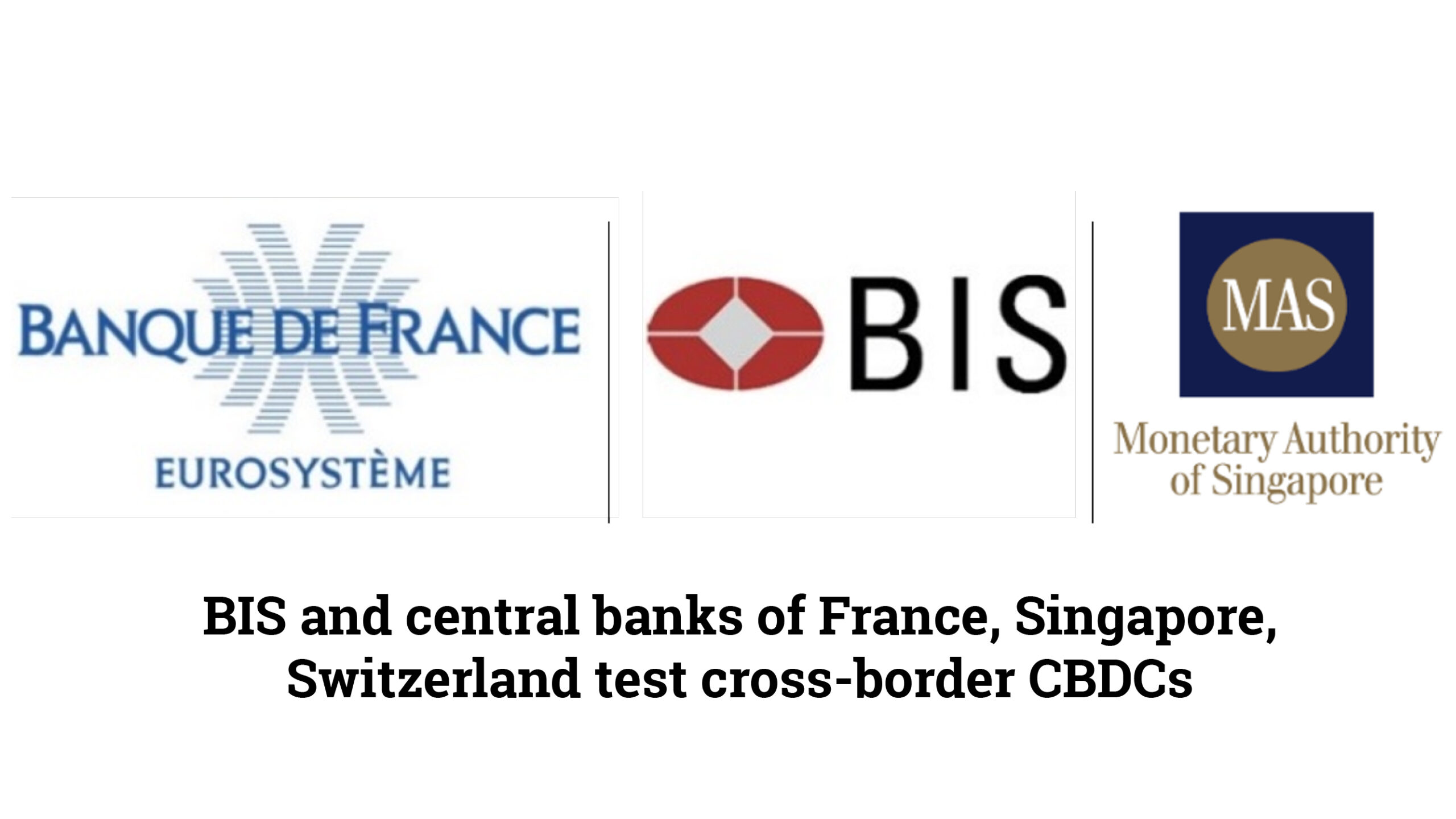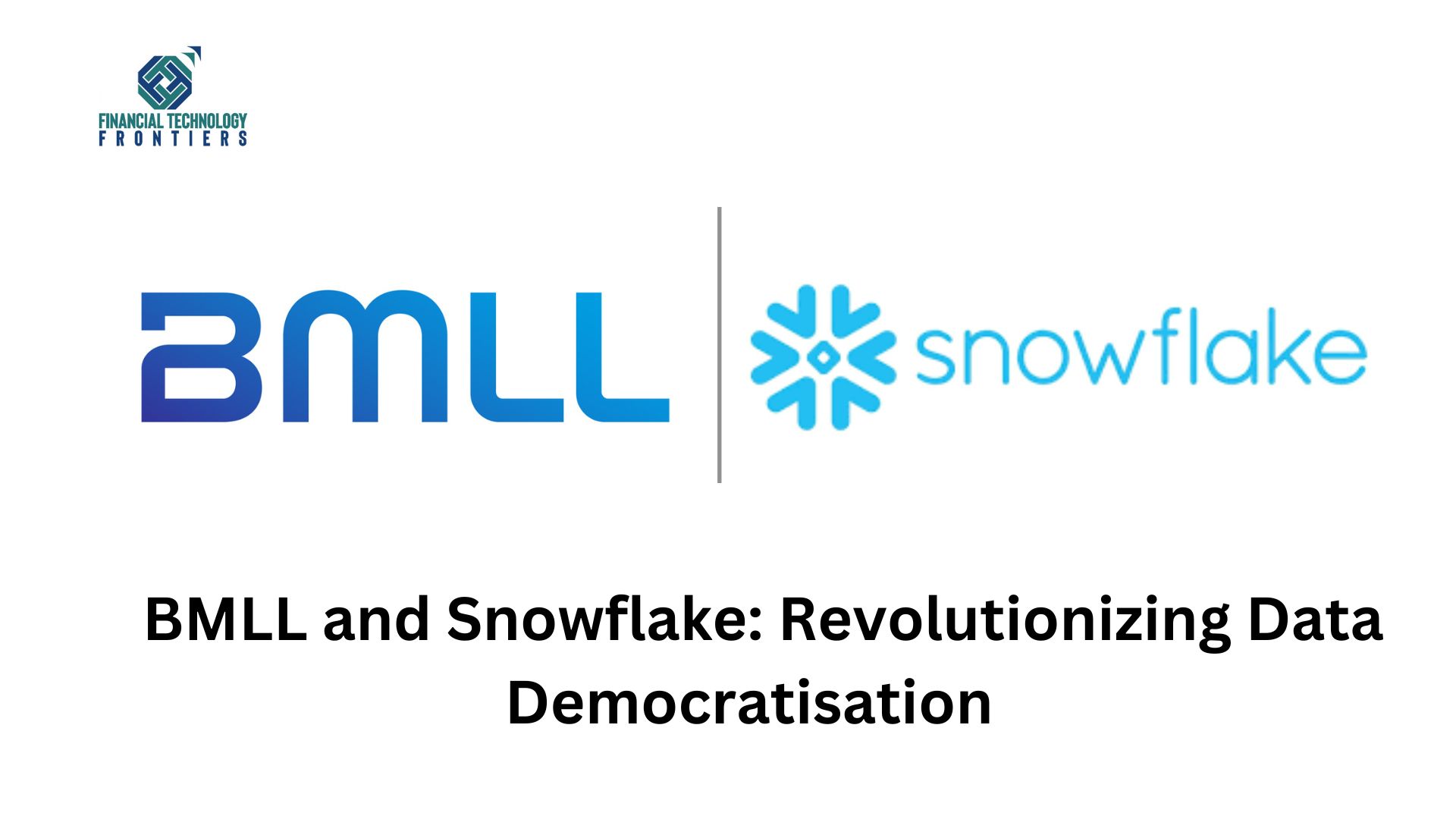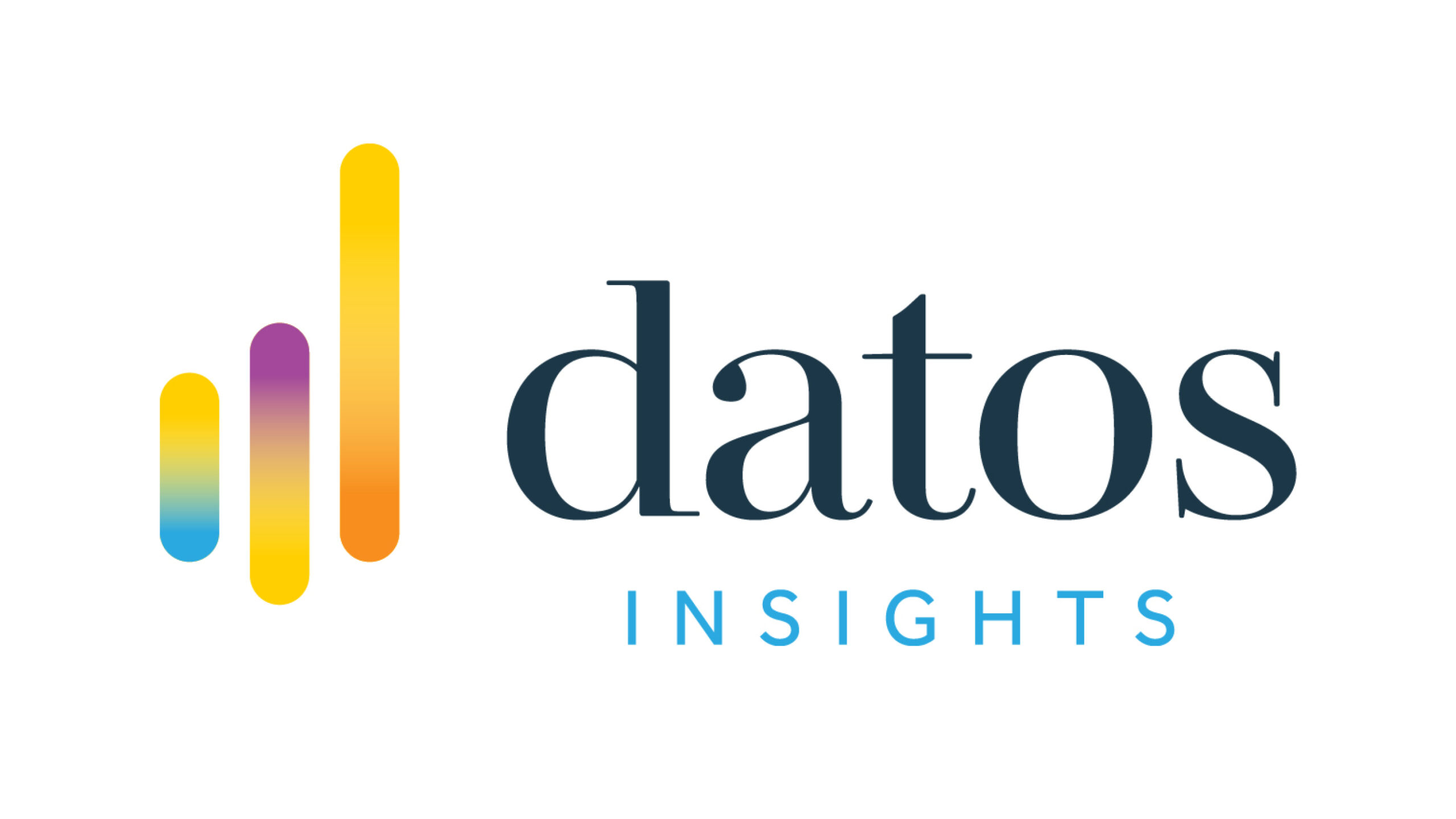
In the rapidly evolving world of finance, central banks have often been perceived as conservative and cautious entities. However, the recent conclusion of Project Mariana, conducted by the Bank for International Settlements (BIS) alongside the central banks of France, Singapore, and Switzerland, challenges this perception. This revolutionary project seamlessly blended traditional banking protocols with contemporary decentralized finance (DeFi) concepts.
Breaking Down Project Mariana
Initiated jointly by three BIS Innovation Hub centers – the Swiss, Singapore, and Eurosystem Hub Centers – in collaboration with the Bank of France, Monetary Authority of Singapore, and Swiss National Bank, Project Mariana was an ambitious endeavor. Its main objective was to test the cross-border trading and settlement of wholesale central bank digital currencies (wCBDCs) using DeFi on a public blockchain.
The experiment relied on three crucial elements:
A shared technical token standard on a public blockchain, ensuring smooth exchange and interoperability across different currencies.
Bridges to facilitate seamless wCBDC transfers across diverse networks.
The introduction of an Automated Market Maker (AMM), a decentralized exchange designed to automatically trade and settle spot FX transactions.
By pooling the liquidity of the hypothetical euro, Singapore dollar, and Swiss franc wCBDCs within the AMM, the project employed innovative algorithms to price and execute FX transactions automatically, allowing for instant settlement.
Balancing Act: Autonomy & Interoperability
A significant achievement of Project Mariana was its architecture, which perfectly blended the central banks’ domestic oversight needs and autonomy with the efficiency sought by financial institutions. This intricate balance was achieved through the utilization of a shared token standard, paving the way for interoperability and effortless wCBDC exchanges across different local payment and settlement systems.
As Cecilia Skingsley, Head of the BIS Innovation Hub, eloquently puts it, Project Mariana has blazed a trail in employing groundbreaking technology for interbank FX markets.
The Road Ahead
Although Project Mariana has marked a significant milestone in the world of digital currency exchange, the technologies it relies upon, such as tokenization and DeFi, remain in their infancy. More research and experimentation are pivotal. However, as emphasized by Emmanuelle Assouan, Director General for Financial Stability and Operations at Banque de France, this project could very well set the blueprint for the future of cross-border payments.
It’s crucial to note that while Project Mariana showcased the immense potential of integrating DeFi technologies into traditional banking frameworks, it remains an experimental initiative. The participating central banks have not indicated any immediate intentions to issue wCBDC or endorse any specific technological solution.
Conclusion
In the financial world’s grand tapestry, Project Mariana emerges as a bold stitch, interweaving the old with the new. As tokenized assets potentially dominate future landscapes, initiatives like these underline the importance of innovative, safe, and efficient exchange mechanisms for cross-currency transactions. The collaboration across countries and the blending of traditional and modern financial techniques suggests a promising future for global finance.




